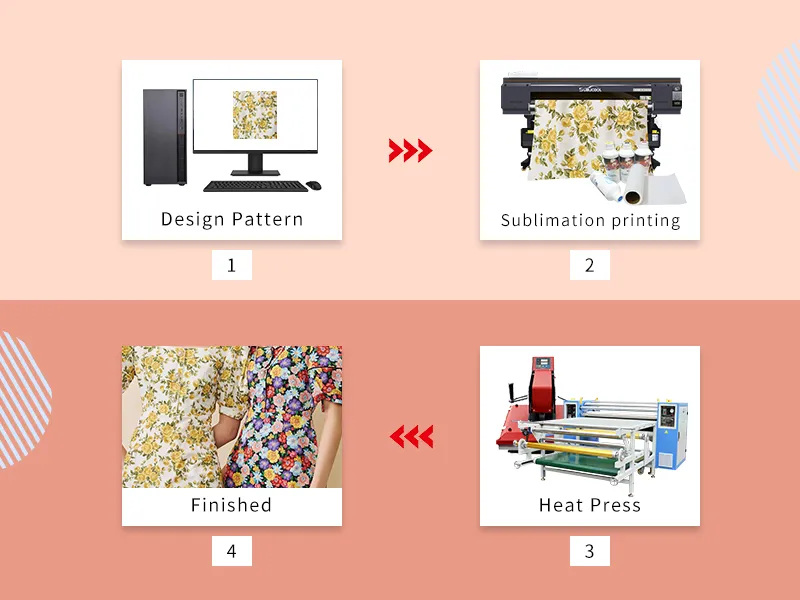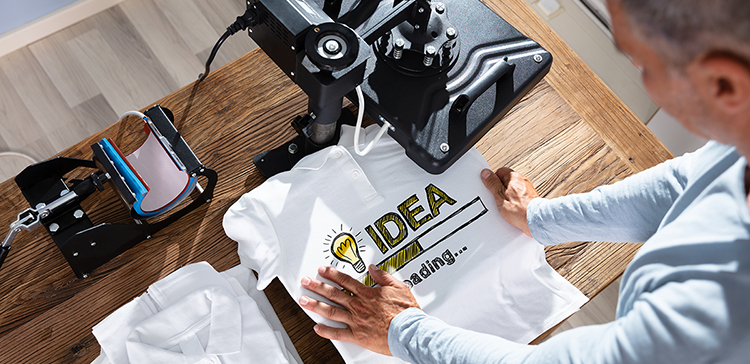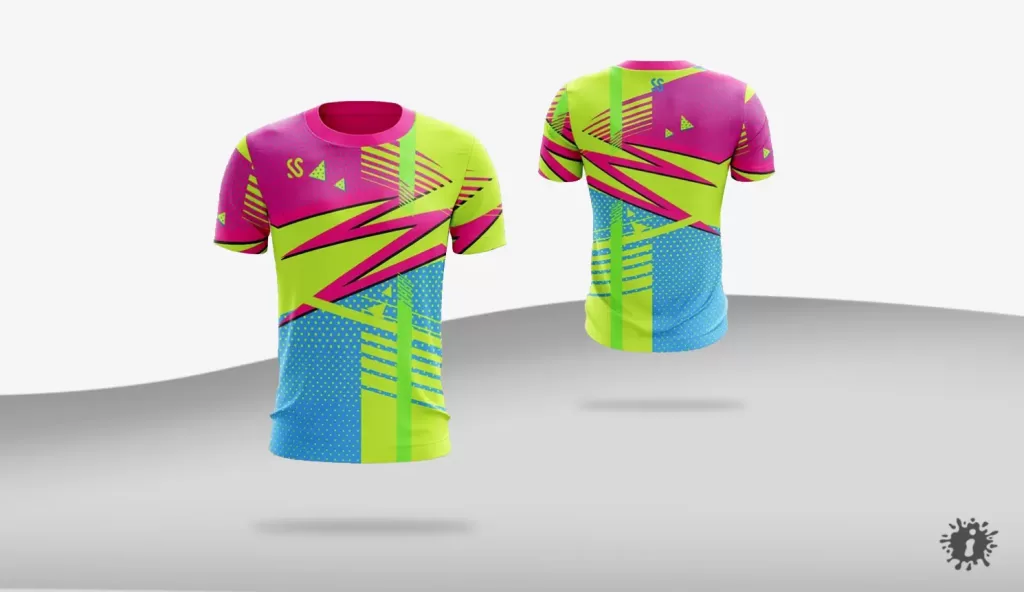Dye sublimation transfer printing is a technique that transfers designs or images of special sublimation ink onto the surface of a material. The process involves using heat and pressure to turn the ink directly from a solid state into a gas, which then permeates the fibers of the material, creating a permanent design.
Specific, heat-sublimation uses heat-sensitive inks, usually dye-based, with specific chemical properties. First, the design or image is printed on special transfer paper. The transition paper is then in close contact with the material's surface to be printed. Then, through the application of appropriate heat and pressure, the ink undergoes a phase change, transitioning from a solid to a gaseous state. The gas permeates the fibrous structure of the material. After cooling, the ink solidifies, firmly fixing the design to the material.
Sublimation transfer is commonly used in the production of custom garments, home appliances, and signs. advertising and personalized merchandise. Due to the high resolution and durability of the transferred designs, the sublimation heat transfer technology is widely applied in the textile and printing industry.

how to use the sublimation printing
To use sublimation printing, you will need the following materials and equipment:
Sublimation printer: A special inkjet printer designed for sublimation printing. It uses sublimation inks that can turn into a gas when heated.
Sublimation inks: These are specially formulated inks that can sublimate from a solid to a gas state under heat and pressure.
Sublimation paper: High-quality sublimation transfer paper that can hold the sublimation inks and release them during the transfer process.
Heat press machine: A heat press is used to apply heat and pressure to transfer the design onto the substrate. It consists of a heat platen and a pressure mechanism.
Sublimation-compatible substrate: Sublimation works best on polyester or polymer-coated items, such as fabrics, mugs, ceramic tiles, or phone cases. The sublimation ink bonds with the polymer coating or polyester fibers.
Here are the steps to use sublimation printing:
Design your artwork: Create or prepare your design using graphic design software. Make sure it is sized appropriately for your intended substrate.
Print the design: Load the sublimation ink cartridges into the dye sublimation printer and use the appropriate sublimation paper. Print your design onto the sublimation paper. Ensure that you mirror the image if necessary, especially for textile printing.
Prepare the substrate: If you’re using fabric, make sure it is pre-washed to remove any dirt or sizing. For hard substrates like mugs or tiles, ensure they are clean and free from dust or oils.
Transfer the design: Place the sublimation paper with the printed design face-down onto the substrate. Use heat-resistant tape to secure it in place if needed.
Heat press process: Set the heat press machine to the appropriate temperature and time settings, as specified by the sublimation paper and ink manufacturer. Place the substrate with the sublimation paper in the heat press and close it. Apply the necessary pressure, and the heat press will heat the sublimation ink, causing it to turn into a gas and penetrate the substrate.
Cooling and removing the paper: Once the transfer time is complete, open the heat press and carefully remove the sublimation paper. Allow the substrate to cool down completely before handling.
Sublimation printing offers vibrant and durable results, but it’s essential to follow the specific instructions provided by the equipment and ink manufacturers for best results.



